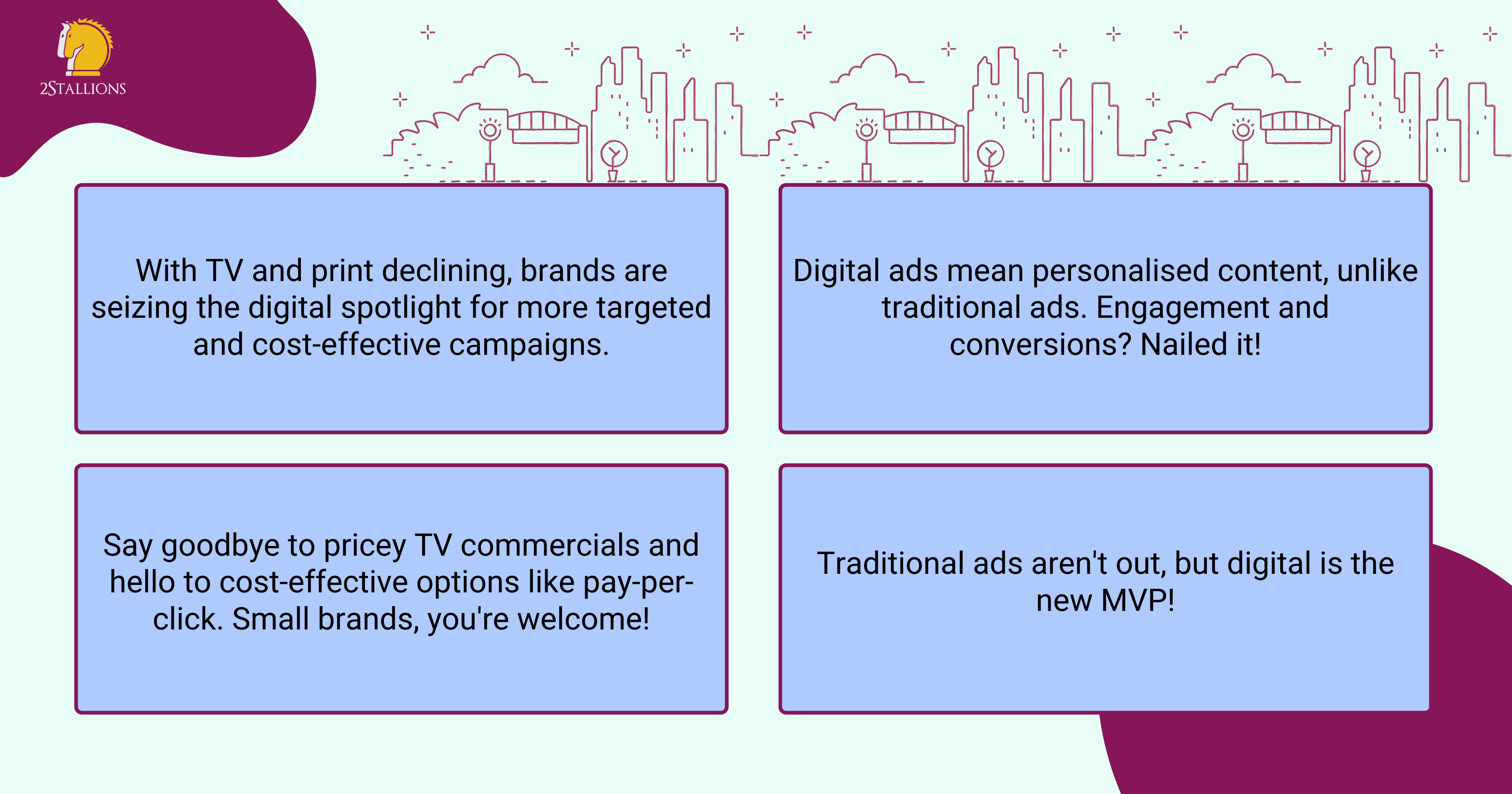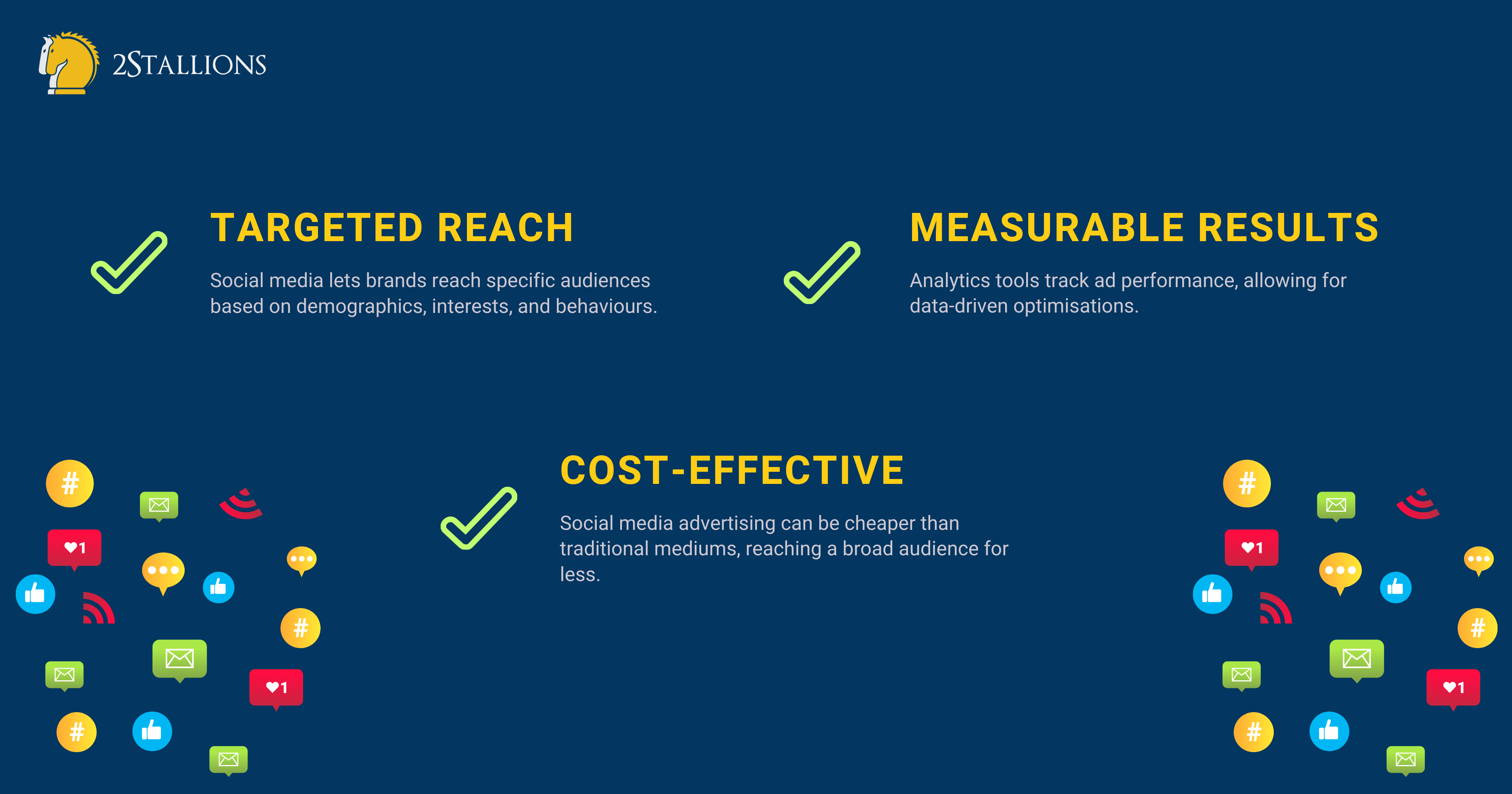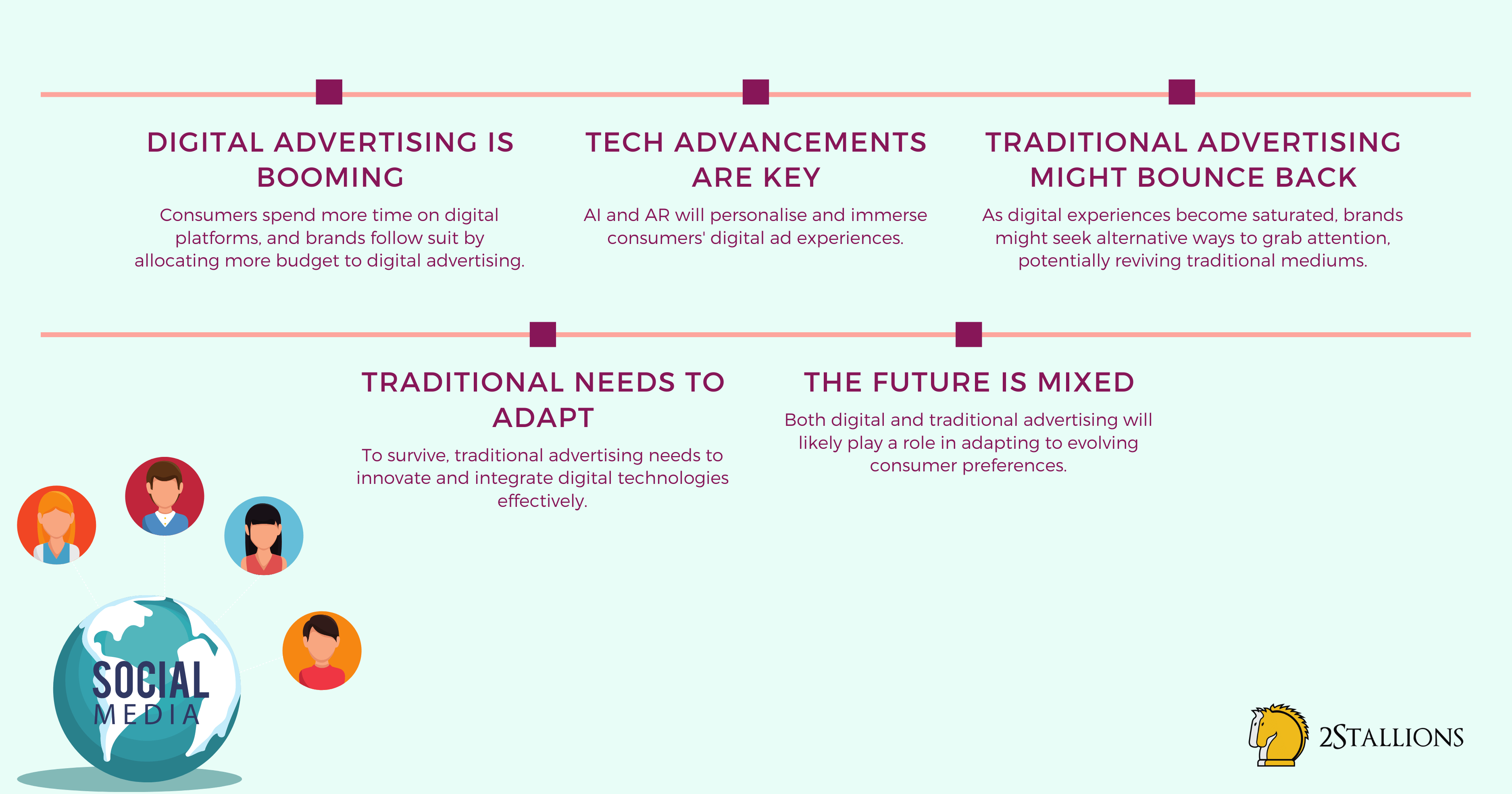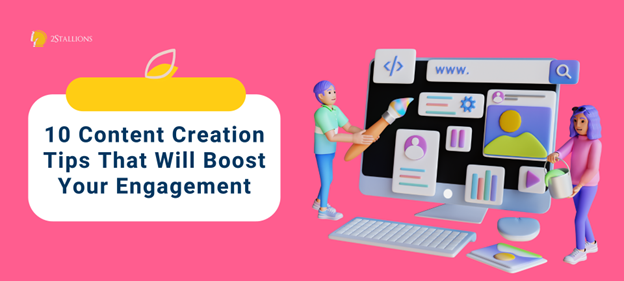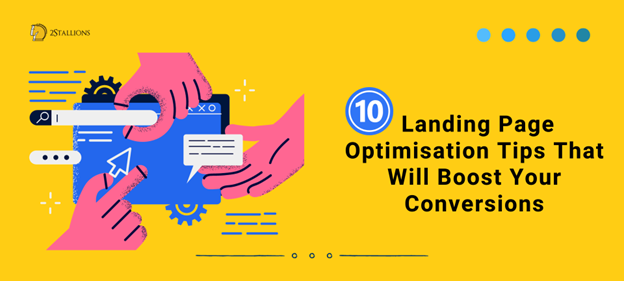SHARE

In the ever-evolving advertising world, brands constantly adapt their strategies to keep up with changing consumer behaviours. With the rise of the digital age, traditional advertising mediums have declined in popularity as brands now turn to digital platforms to reach their target audience. This article will explore the shift in ad spending and how brands allocate their budgets in the digital age.
Understanding the Shift in Ad Spending
The Rise of Digital Advertising
Digital advertising has revolutionised the way brands communicate with their customers. With the advent of social media platforms and online marketing tools, brands can now reach a larger audience. In addition, the targeting capabilities of digital advertising allow brands to tailor their messages to specific demographics, resulting in higher engagement and conversion rates.
Let’s take a closer look at the rise of digital advertising and how it has transformed the advertising landscape. One of the key advantages of digital advertising is its ability to provide real-time data and analytics. Brands can now track the performance of their campaigns, measure the return on investment, and make data-driven decisions to optimise their advertising efforts.
Moreover, digital advertising offers a wide range of formats and channels. From display ads and search engine marketing to social media advertising and video ads, brands have many options to communicate their message to their target audience effectively. This flexibility allows brands to experiment with different formats and find the most effective way to engage with customers.
Another significant factor contributing to the rise of digital advertising is the increasing use of mobile devices. With most consumers owning smartphones and tablets, brands have recognised the importance of mobile advertising. Mobile ads can be seamlessly integrated into apps and websites, allowing brands to reach consumers while on the go.
Furthermore, traditional advertising mediums often require significant time and resources. Producing a television commercial or printing an advertisement in a newspaper can be costly, making it less accessible for smaller brands with limited budgets. On the other hand, digital advertising offers more cost-effective options, such as pay-per-click advertising, allowing brands of all sizes to compete in the advertising space.
It is worth noting that while traditional advertising mediums have experienced a decline, they still hold value in specific contexts. For example, television advertising can reach a broad audience during popular events, such as sports championships or award shows. Print advertising can also be impactful when targeting specific niche markets or local communities.
How Brands are Allocating Their Budgets in the Digital Age
The Role of Social Media in Ad Spending
Social media has become an integral part of our daily lives, with millions of users engaging with platforms like Facebook, Instagram, and Twitter. Brands have recognised the potential of social media as a powerful advertising tool, allowing them to create meaningful connections with their audience. The ability to target ads based on user demographics, interests, and behaviours has made social media advertising highly effective.
Furthermore, the rise of influencer marketing has added another dimension to social media advertising. Brands collaborate with popular influencers to promote their products and services, leveraging their engaged audience to increase brand awareness and drive sales.
The Impact of Search Engine Marketing
Search engine marketing, including search engine optimisation (SEO) and paid search advertising, has become critical to brands’ digital advertising strategies. With search engines being the primary source of information for consumers, brands are competing to appear at the top of search engine results pages.
Investing in SEO helps brands optimise their websites to rank higher in organic search results. On the other hand, paid search advertising allows brands to display targeted ads at the top of search engine results, ensuring maximum visibility and driving relevant traffic to their websites.
The Benefits and Challenges of Digital Ad Spending
The Advantages of Digital Advertising
Digital advertising offers numerous advantages for brands. Firstly, it provides advanced targeting options, allowing brands to reach specific demographics or target audiences. This precision targeting leads to higher conversion rates, as brands can tailor their messages to resonate with their audience’s needs and preferences. Secondly, digital advertising offers measurable results. With analytics tools, brands can track impressions, clicks, conversions, and other key metrics, enabling them to evaluate the success of their campaigns and make data-driven decisions.
Thirdly, digital advertising is often more cost-effective than traditional advertising mediums. Brands can reach a broad audience at a fraction of the cost, making it an attractive option for businesses of all sizes.
The Potential Pitfalls of Digital Ad Spending
While digital advertising presents many opportunities, it also comes with its own set of challenges. With vast online content, brands must create compelling, engaging ads to stand out. Additionally, the ever-changing digital landscape requires brands to stay updated with new platforms and technologies, which can be time-consuming.
Furthermore, privacy concerns and ad-blocking software pose challenges for brands as consumers become more conscious of their online privacy and seek to limit the amount of advertising they see. Brands must navigate these obstacles to ensure their target audience sees their ads.
Predicting the Future of Ad Spending
The Continued Growth of Digital Advertising
The shift towards digital advertising is expected to continue its upward trajectory. As more consumers embrace digital platforms, brands must allocate larger budgets to digital advertising to engage with their audience effectively.
Technological advancements such as artificial intelligence and augmented reality will further enhance digital advertising capabilities, allowing brands to deliver consumers more immersive and personalised experiences.
The Potential Resurgence of Traditional Advertising
While digital advertising may currently dominate the advertising landscape, there is a possibility of a resurgence in traditional advertising mediums. As consumers’ digital experiences become more saturated, brands may look for alternative ways to capture their attention. Traditional mediums, such as print and television, may transform and find new ways to engage with audiences.
However, this resurgence will require traditional advertising mediums to adapt to the changing consumer preferences and integrate digital technologies effectively.
In conclusion, the shift in ad spending towards digital platforms has transformed the advertising landscape. Brands now have access to a wide range of tools and techniques to reach their target audience more effectively. While digital advertising offers numerous benefits, traditional advertising mediums may still have a role to play in the future. It will be interesting to see how brands continue to navigate this ever-evolving landscape and allocate their budgets to maximise their advertising efforts in the digital age.
Frequently Asked Questions About Ad Spending
How Advertising Has Changed in the Digital Age?
Targeted campaigns, data-driven insights, interactive content, and the dominance of social media for direct brand-consumer interaction mark advertising in the digital age.
How to Allocate a Budget for Digital Marketing?
Allocate your digital marketing budget based on clear goals, understanding your target audience, evaluating channel effectiveness, and considering the competitive landscape.
What Are the Methods of Allocating Advertising Budget?
Methods include a percentage of sales, objective and task-based allocation, competitive parity, and budgeting based on return on investment (ROI).
How Can Brands Connect with Consumers in the Digital Age?
Connect with consumers by engaging on social media, personalising content, leveraging influencer marketing, implementing content marketing strategies, and creating interactive experiences.



